SCOTT IWAHASHI INTERVIEW
COMICS
Thursday, December 08, 2005
BROUGHT TO YOU BY THE CHARACTER DESIGN BLOGSPOT
IF YOU WOULD LIKE TO SEE MORE CHARACTER DESIGNERS GO TO THE HOME PAGE BY CLICKING HERE
THE INTERVIEW
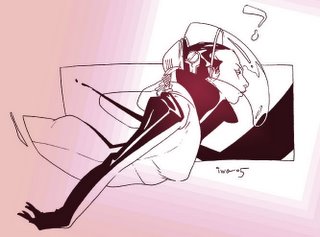
Tell me a little bit about yourself, about your life?Where did you go to school, and what classes did you study? What helped prepare you to become the artist that you are today?
I went to school at Art Center College of Design for my technical artistic training and I went to UCLA for my design and theoretical training. These separate programs provided a great deal of help for me because they taught me the two sides of designing and creating art. The conceptual end requires a lot of background information and the execution end requires the shape/anatomy and other aspects to create the final product.
How do you go about designing a character, and what goes through your mind, from start to end?
I design a character by thinking about who and what it should represent. That reflects a large amount of elements. From the clothing to the setting to the time period, the character is formed. The other idea that is injected into the character the traits they exhibit. From that point, the form of the character takes shape literally and figuratively. Much of the look of a character determined its proportions because they describe a level of confidence, fitness and specific internal attributes.
The size and shape of the elements play a large role because they either emphasize its mass and perhaps menacing or friendly qualities .If they are top heavy, the upper body as well as the lower body will be adjusted accordingly. It is also important to figure out the patterns on the form that make them function. Some of these related to the substance of the clothing (i.e. fabrics) and the implicit details that come out of it. As an example, if I design two white collar office workers, one who is a "weekend warrior" and another that watches TV and surfs the net, they might wear the same clothes and have the same relative dimensions, but there would be specific elements that would make them seem different. The adjustment of subtle tapering of the suit on one and a slight bulging on the other would relate to fitness. If the glasses on one were slightly larger than the other and they both wore grey suits, but one appeared darker one would seem bolder and stronger. Slouched posture versus standing straight up relates directly to confidence or the lack thereof. If you are creating a group of characters, it is important to stylistically represent the differing characters with a unifying element or even shape cues. If, for example, the characters are a group of explorers that encounter strange unknown creatures it would be important to group those characters so they contrast against the environment and creatures they face. That could be as simple as squaring off their forms a little and making the beasts "blobbier" and more amorphic.
What do you think really helps you out in designing a character?
Reference, reference, reference. I think that the more inspiration you can surround yourself with the better. By that, I mean that people should gather anything and everything they enjoy or compliments the project. Reference can be related to the subject matter, the tone/style of the piece or an object.
From your own experience and maybe from some people that you know, what should we put in our portfolio and what should we not?
You should avoid putting in school projects unless they are relevant to the work you intend to pursue. Not only does it confuse those who seek to hire you, but it also creates a difficult situation if they like work that is not related to your interest. If you have character designs as well as environments and storyboards, they may offer you a job doing the other two rather than what you initially intended.
What are some of the things that you have worked on?
Well, I'm not entirely certain, I worked at Disney Consumer products freelance for a while and did a little bit there while I was in school. I don't know if and for what purpose my various sketches might have been used. I did covers for a short lived series called I Candy. I have done other covers and single images. I've done work for DC comics and worked on a couple of issues of Intimates (9-10).I also worked on a short story for the Wildstorm Winter Special. I've done a little bit of work here and there on various series.
Is there a character design you have done that you are most proud of?
Hmm…it is difficult to say. I find it hard to be proud of character designs because they are a part of a process that I see as being one of a series of tasks. There have been a few personal designs that I have gotten a kick out of doing, though.
What are you working on now? (If you can tell us)
I'm just wrapping up a short story for the Teen Titans Go comic. It's been a great deal of fun to deal with lighter material considering how dower much of comic book content can become.
Where is the place you would like to work if you had a choice?
I don't have a preference. I enjoy Wildstorm, where I have worked for about a year, but I also enjoyed working as a freelancer as well. Each environment has its own challenges and rewards. I guess that is a non-answer…haha…
Who do you think are the top character designers out there?
Difficult to say, I really like the designs done by Kazuto Nakazawa for Samurai Champloo. They are a great deal of fun and very playful. I suppose my answers are animation based. I also really appreciate Bruce Timm's work. I think anyone who uses strong shapes of color will catch my eye.
How do you go about coloring the character, what type of tools or media do you use?
I generally use the computer. I used to employ paints, but the ability to arrange and shift colors automatically has made the computer the tool of choice for this purpose. Plus, you can place characters in scenes without actually redrawing anything.
What type of things do you love to draw, and why?
I definitely prefer organic characters or technology that isn't rigid. I like to play with shapes that aren't entirely symmetrical and geometric. I'm not a fan of pulling out a ruler and protractor when designing.
What part of designing a character is most fun and easy, and what is most hard?
I think the most entertaining stage for me is the stage between roughing out ideas and refining them. At this point, you can see the transition from an abstract idea to a more concrete design. The easiest stage is the color stage because the general ideas are there and the main goals are to create color harmonies that describe the character and its place in a scenario. The most difficult part is the beginning because, while it can be rewarding, it is challenging to take verbal or written descriptions and create visual depictions.
What are some of your favorite character designs and least favorite, which you have seen?
Since I have already mentioned some of my favorites in a previous question, I won't repeat that. I can't recall specific designs that I didn't like, but as a general rule of thumb, if I can see too much of source material in designs. What that means is that if it feels like someone is basically just transposing someone else's designs or a piece of photographic reference I tend to find the work to be lacking.
What is your most favorite subject to draw?
It is difficult to say, I believe that the most interesting subjects aren't specific to any genre. What interests me the most are characters with a background and enough history and content to build around.
What inspired you to become a Character Designer?
I don't know if I can necessarily call myself a character designer perse, I have designed characters, but they have been created with the full intention of creating finished product (e.g. comic books or for film.)I think the gist of what I am saying is that I fell into it out of necessity.
What are some of the neat things you have learned from other artists that you have worked with or seen?
I think there are more than a few different important aspects I have learned from other artists. Perhaps the greatest advice I was given regarded silhouettes and making sure they are clearly defined and descriptive.
What wisdom could you give us, about being a character designer? Do you have any tips you could give?
I think the most important advice to give is to try to find as many influences outside of character design to build upon. It is great to have influences and favorite artists to study, but there should be an ample amount of other influences including fashion design and such.
If people would like to contact you, how would you like to be contacted?
They can e-mail me at kazushige001@excite.com
Finally, do you have any of your art work for sale (sketchbook, prints, or anything) for people that like your work can know where and when to buy it?
Sorry, I do not at the moment.
IF YOU WOULD LIKE TO KNOW MORE ABOUT GO TO http://www.ugly-rabbit.com
CLICK HERE TO GO BACK TO THE CHARACTER DESIGN HOMEPAGE
HERE ARE SOME OF HIS DESIGNS
CLICK HERE TO GO BACK TO THE CHARACTER DESIGN HOMEPAGE
All the images of characters that are not Scott Iwahashi's are copyrighted by their respective owners.
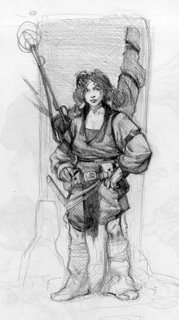
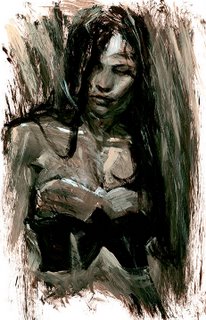
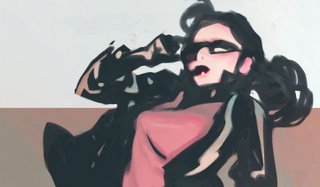
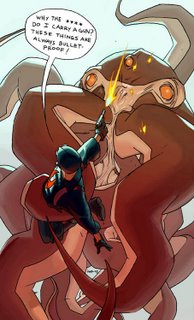
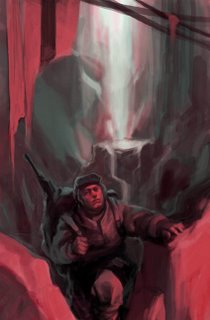
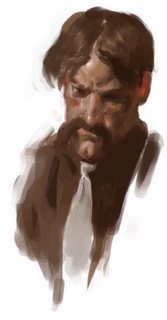
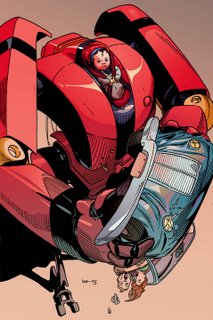
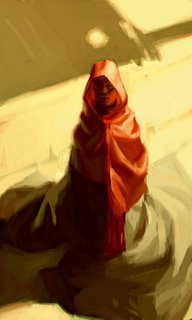
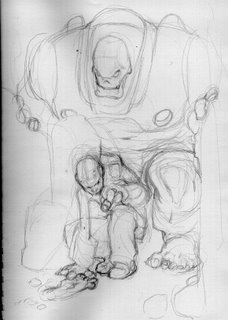

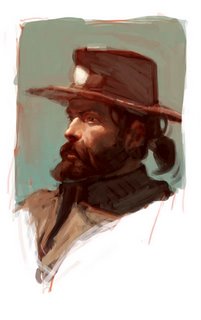
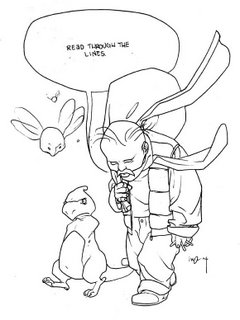
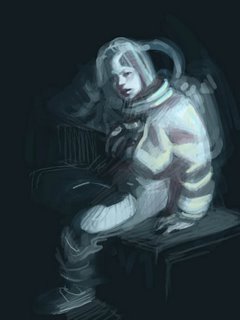

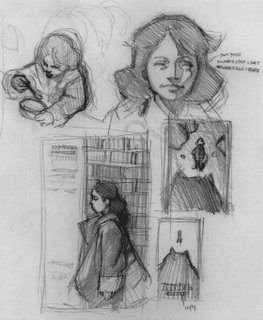
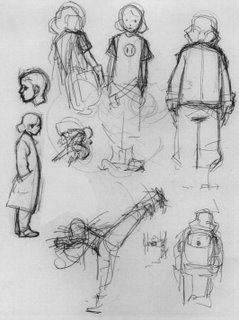




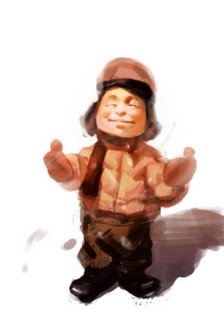
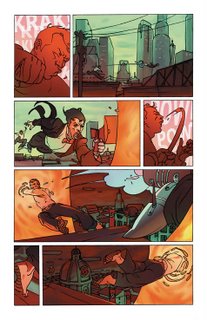
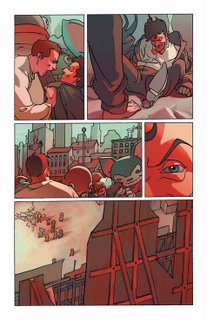
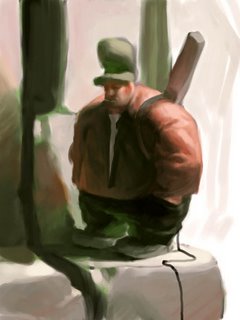
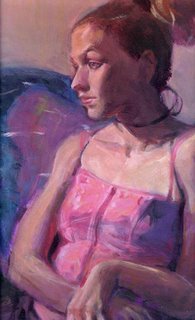
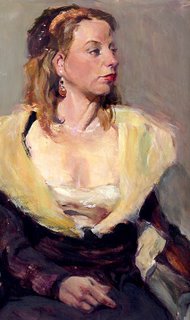
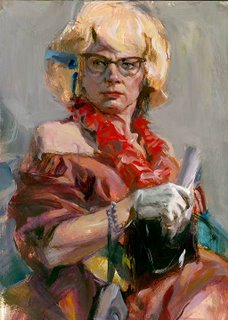

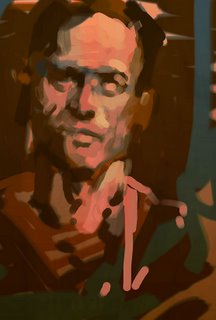


CLICK HERE TO GO BACK TO THE CHARACTER DESIGN HOMEPAGE
All the images of characters that are not Scott Iwahashi's are copyrighted by their respective owners.































CLICK HERE TO GO BACK TO THE CHARACTER DESIGN HOMEPAGE
Subscribe to:
Comments (Atom)